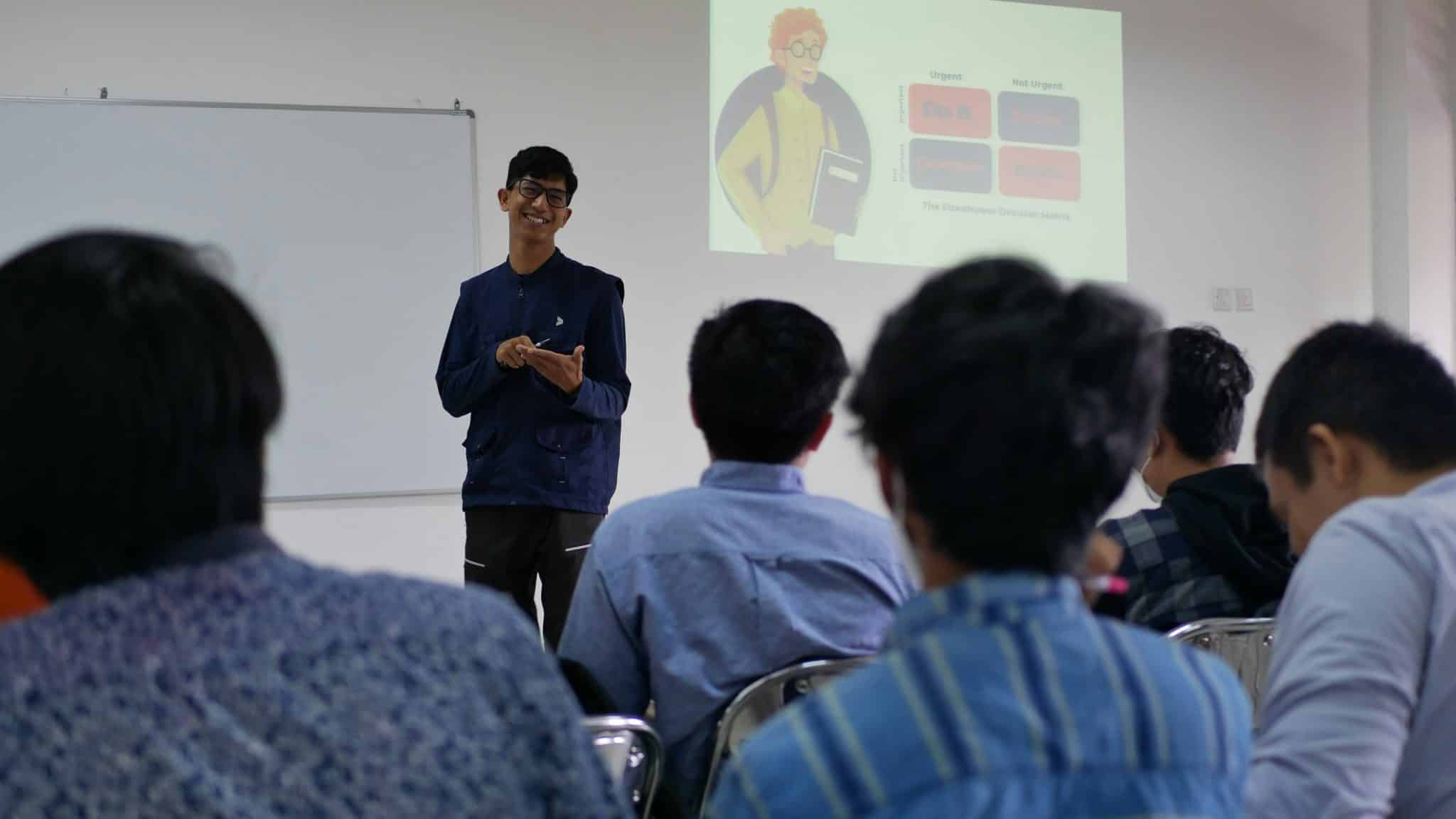10 Main Causes of Donor Fatigue


Donor fatigue occurs for many reasons. Understanding the causes of donor fatigue is essential for reversing this trend. When this happens, giving slows down, and engagement fades.
With the right approach, organizations can renew enthusiasm, strengthen relationships, and build lasting donor trust. Today’s nonprofits are using data, automation, and personalized strategies to keep donor experiences fresh, relevant, and meaningful.
Here are the main causes of donor fatigue, with solutions to re-energize and re-engage your supporters.
Cause #1 – Over-Solicitation
Repeated requests for donations are the top cause of donor fatigue. Donors receive too many emails, calls, and messages, which feels like nonstop pressure to give. This overwhelms supporters and reduces their willingness to engage.
Solution: Quality over quantity is essential. Use data to target donors based on their giving history and preferences. Automated platforms help you schedule outreach at the right time and frequency. For example, intelligence-based tools like ascend fundraising CRM by Kindsight track major life events and prompt you to contact donors when they are most motivated to give.
When donors see thoughtful communication, they feel valued, not burdened. Personalized outreach deepens emotional connections and reinforces each donor’s identity within the organization’s mission.
Cause #2 – Lack of Impact Transparency
Donors want to know their gifts matter. They tire quickly when they do not see clear results. A lack of impact reports leads to disconnection. Supporters wonder if their money is making a difference.
Solution: Share stories and data about how donations change lives. Use visuals, testimonials, and concrete statistics. Show progress regularly, not just at year-end.
AI tools analyze donor behavior and engagement to tailor impact reports. These updates keep donors inspired and motivated. Transparency builds trust and fuels continued giving.
Cause #3 – Generic Communication
Mass emails that do not speak to individual donors cause fatigue. When supporters receive the same message as everyone else, they lose interest. Generic appeals feel impersonal and forgettable. In contrast, donors give larger contributions when they can tailor their involvement by directing their gifts to an area of their choice.
Solution: Segment your donor base. Group supporters by interests, donation levels, and engagement history. Automated platforms help create personalized campaigns quickly.
Leverage AI to craft relevant messages. Reference past gifts or specific programs donors care about. Customized communication makes donors feel seen and appreciated, revitalizing their enthusiasm.
Cause #4 – Ignoring Donor Preferences
Many nonprofits miss donor preferences around communication channels and frequency. This disconnect creates frustration. Some donors prefer email, others social media, or phone calls. Some want monthly updates, others only quarterly.
Solution: Ask donors how and when they want to be contacted. Use a CRM platform to track these preferences. Respecting these choices reduces annoyance and increases satisfaction. When donors control their experience, they stay engaged longer. Flexibility in communication nurtures a positive relationship.
Cause #5 – Failing to Build Relationships
Donor fatigue occurs when giving feels transactional. If supporters only hear from you to ask for money, they lose connection to the cause. There is no relationship beyond the donation.
Solution: Invest in relationship-building. Engage donors with meaningful content, invitations to events, and volunteer opportunities. Use data-driven platforms to manage all touchpoints and interactions. Personal connections turn one-time givers into lifelong champions. Regular, non-ask communication keeps supporters emotionally involved.
Cause #6 – Limited Donor Recognition
Everyone wants to feel appreciated. Donors experience fatigue when they believe their gifts go unnoticed. Lack of recognition makes supporters question their value.
Solution: Say thank you often and creatively. Use handwritten notes, social media shout-outs, or special donor acknowledgments. Fundraising intelligence tools automate timely recognition. Immediate, sincere thanks strengthen donor relationships, and celebrating supporters encourages them to give again.
Cause #7 – Inadequate Donor Journey Mapping
Many organizations do not map the donor journey well. They treat all donors the same regardless of their stage in the giving cycle. This leads to irrelevant tasks or missed engagement opportunities.
Solution: Use AI and automation to create personalized donor journeys. Track each supporter’s interactions, history, and engagement level. A CRM platform helps nonprofits design strategies for acquisition, cultivation, and retention. Tailored journeys keep donors feeling valued and connected at every step.
Cause #8 – Economic and Social Pressures
External factors like economic downturns or social stress can drain donors’ willingness to give. When people face financial hardship or crisis, they pull back on philanthropy.
Solution: Show empathy and flexibility in your outreach. Acknowledge challenges openly. Focus on stories of hope and resilience. Use data to identify donors who may need a pause or reduced ask. AI-powered insights guide sensitive, timely communication. Maintaining contact without pressure preserves goodwill.
Cause #9 – Overreliance on Traditional Fundraising
Nonprofits relying solely on classic fundraising methods risk donor fatigue. Repetitive gala invites, direct mail, and email blasts do not engage modern donors. Younger generations expect innovative, digital-first approaches.
Solution: Embrace technology and new channels. Use AI to analyze trends and donor preferences. Incorporate social media, peer-to-peer campaigns, and mobile giving. Fundraising platforms with integrated automation keep campaigns fresh and dynamic.
Cause #10 – Lack of Donor Feedback Opportunities
Donors want to be heard. When organizations do not seek input or feedback, supporters feel ignored. This silence leads to disengagement and fatigue.
Solution: Create multiple ways for donors to share their thoughts. Surveys, focus groups, and one-on-one conversations work well. Use CRM tools to track and respond to feedback promptly. Listening shows donors their opinions matter. This deepens commitment and trust.
Addressing the Causes of Donor Fatigue
Donor fatigue arises from many factors that wear down supporter enthusiasm. Key causes include:
- Over-solicitation leading to overwhelm
- Lack of transparency about the donation impact
- Generic, impersonal communication
- Ignoring donor communication preferences
- Treating giving as only transactional without relationship-building
- Limited donor recognition and appreciation
- Poor donor journey mapping without personalization
- Economic and social pressures affecting donors’ capacity
- Overreliance on traditional fundraising methods
- Lack of opportunities for donor feedback and engagement
Each of these challenges requires thoughtful solutions that respect donors’ needs and preferences. By using data-driven strategies and automation, nonprofits can deliver personalized, meaningful outreach. This fosters stronger, lasting relationships that inspire ongoing generosity.









